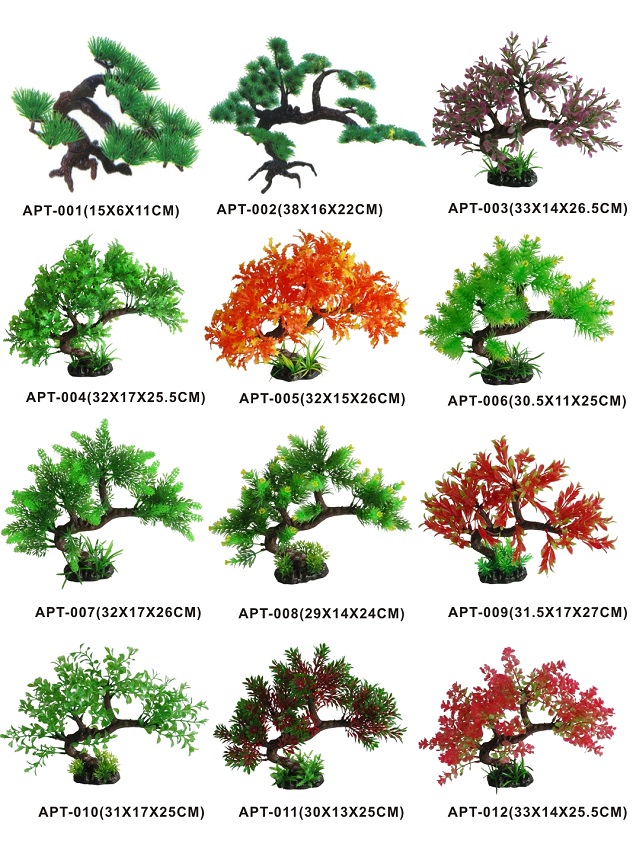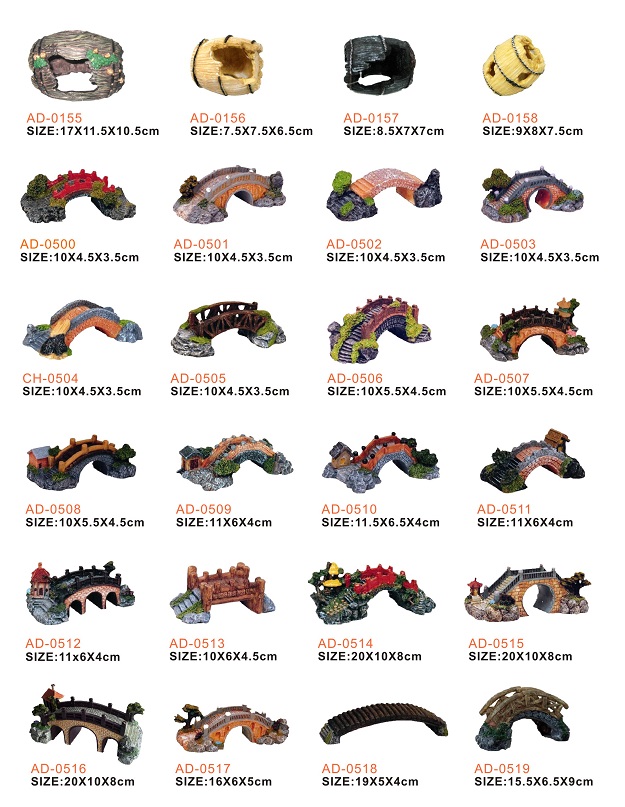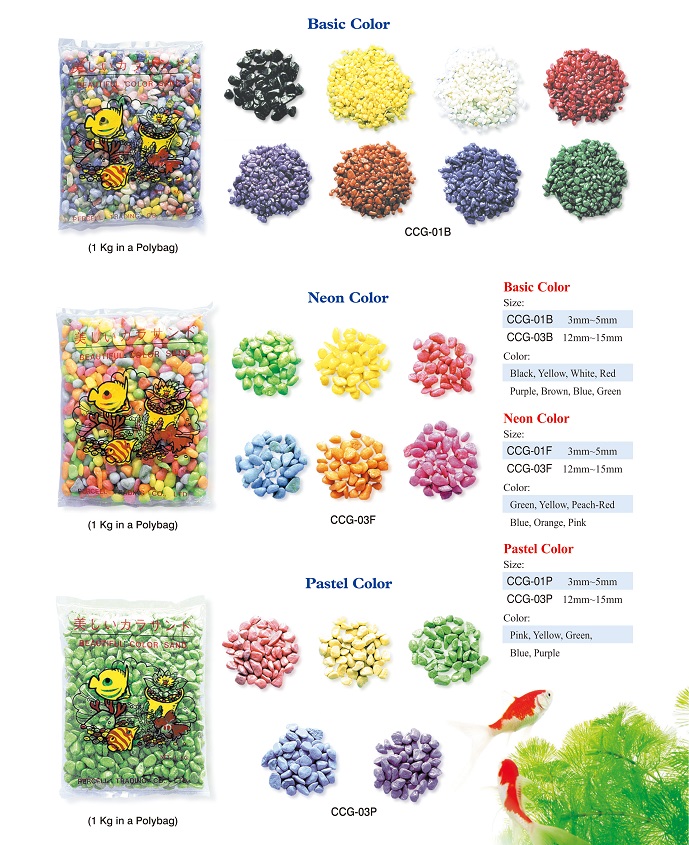Our company is a supplier of ELISA kits. The price is fair. The pre-sale, in-sale and after-sale services are at your service. Provide free test service, please call us!
Enzyme Linked Immunoassay (ELISA) of Human Atrial Natriuretic Acid (ANF)
Kit instruction manual
This reagent is for research use only
Purpose: This kit is used to determine the content of central sodium (ANF) in human serum, plasma and related liquid samples.
Experimental principle:
This kit uses the double-antibody sandwich method to determine the level of human atrial natriuretic factor (ANF) in the specimen. A microplate is coated with purified human cardiotropin (ANF) antibody to make a solid-phase antibody. Cardiac (ANF) is added to the microwells coated with mAb in turn, followed by HRP-labeled cardiotropin (ANF) The antibody binds to form an antibody-antigen-enzyme-labeled antibody complex. After thorough washing, the substrate TMB is added for color development. TMB is converted into blue under the catalysis of HRP enzyme, and into the final yellow under the action of acid. The shade of the color is positively correlated with ANF in the sample. The absorbance (OD value) was measured with a microplate reader at a wavelength of 450 nm, and the concentration of human atrial natriuretic factor (ANF) in the sample was calculated by a standard curve.
Kit composition:
Kit composition
48 hole configuration
96-well configuration
save
Instructions
1 serving
1 serving
Sealing film
2 pieces (48)
2 pieces (96)
sealed bag
1
1
Enzyme coated plate
1 × 48
1 × 96
Store at 2-8 ℃
Standard product: 2700ng / L
0.5ml × 1 bottle
0.5ml × 1 bottle
Store at 2-8 ℃
Standard dilution
1.5ml × 1 bottle
1.5ml × 1 bottle
Store at 2-8 ℃
Enzyme reagent
3 ml × 1 bottle
6 ml × 1 bottle
Store at 2-8 ℃
Sample diluent
3 ml × 1 bottle
6 ml × 1 bottle
Store at 2-8 ℃
Developer A liquid
3 ml × 1 bottle
6 ml × 1 bottle
Store at 2-8 ℃
Developer B liquid
3 ml × 1 bottle
6 ml × 1 bottle
Store at 2-8 ℃
Stop solution
3ml × 1 bottle
6ml × 1 bottle
Store at 2-8 ℃
Concentrated washing liquid
(20ml × 20 times) × 1 bottle
(20ml × 30 times) × 1 bottle
Store at 2-8 ℃
Precautions:
1. Crystals may be precipitated in the concentrated washing liquid, which can be heated and dissolved in a water bath during dilution, and the results will not be affected during washing.
2. The sealing film is limited to one-time use to avoid cross-contamination.
3. The sampler should be used at each step of sample addition, and the accuracy should be regularly checked to avoid test errors. It is best to control the sampling time within 5 minutes. If there are many specimens, it is recommended to use a volley gun to add samples.
4. The kit should be equilibrated at room temperature for 15-30 minutes before being taken out of the refrigerated environment. If the enzyme label coated plate is unopened, the strip should be stored in a sealed bag.
5. Please make a standard curve at the same time of each measurement, it is best to make a double hole. If the content of the test substance in the specimen is too high (the OD value of the sample is greater than the OD value of the first well of the standard well), please first dilute it with a certain multiple (n times) of the sample diluent and then determine it. When calculating, please multiply the total dilution Multiple (× n × 5).
6. Please keep the substrate away from light.
7. Strictly follow the instructions, and the test results must be determined by the microplate reader.
8. All samples, washing liquids and various wastes should be treated as infectious agents.
9. The components of different batches of this reagent shall not be mixed.
10. If there is any difference with the English manual, the English manual shall prevail.
Sample processing and requirements:
1. Serum: room temperature blood coagulates naturally for 10-20 minutes, centrifuged for about 20 minutes (2000-3000 rpm). Collect the supernatant carefully and centrifuge again if a precipitate appears during storage.
2. Plasma: EDTA or sodium citrate should be selected as the anticoagulant according to the requirements of the specimen, mixed for 10-20 minutes, and centrifuged for about 20 minutes (2000-3000 rpm). Collect the supernatant carefully. If a precipitate forms during storage, it should be centrifuged again.
3. Urine: collected in a sterile tube and centrifuged for about 20 minutes (2000-3000 rpm). Collect the supernatant carefully. If a precipitate forms during storage, centrifuge again. Pleural and ascites, cerebrospinal fluid reference implementation.
4. Cell culture supernatant: When detecting secreted components, collect with a sterile tube. Centrifuge for about 20 minutes (2000-3000 rpm). Collect the supernatant carefully. When detecting the components inside the cells, dilute the cell suspension with PBS (PH7.2-7.4), and the cell concentration will reach about 1 million / ml. Through repeated freezing and thawing, the cells are destroyed and the intracellular components are released. Centrifuge for about 20 minutes (2000-3000 rpm). Collect the supernatant carefully. If a precipitate forms during storage, it should be centrifuged again.
5. Organize the specimen: after cutting the specimen, weigh it. Add a certain amount of PBS, PH7.4. Quickly freeze and save with liquid nitrogen for later use. After the specimen melts, it still maintains a temperature of 2-8 ° C. Add a certain amount of PBS (PH7.4) and homogenize the specimen with a manual or homogenizer. Centrifuge for about 20 minutes (2000-3000 rpm). Collect the supernatant carefully. After aliquoting, a portion is to be tested, and the rest is frozen for future use.
6. The specimen should be extracted as soon as possible after collection. The extraction should be carried out according to relevant literature. The experiment should be carried out as soon as possible after extraction. If the test cannot be performed immediately, the specimen can be stored at -20 ℃, but repeated freezing and thawing should be avoided.
7. The sample containing NaN3 cannot be detected because NaN3 inhibits the activity of horseradish peroxidase (HRP).
Steps
1. Add sample: set up blank wells separately (the blank control wells do not add samples and enzyme-labeled reagents, the rest of the steps are the same) and the sample wells to be tested. Add 40μl of sample diluent to the test sample well of the enzyme-coated plate, and then add 10μl of the sample to be tested (the final dilution of the sample is 5 times). Add the sample and add the sample to the bottom of the well of the microplate, try not to touch the wall of the well, shake gently to mix.
2. Dilution and loading of standard products: set 10 standard wells on the enzyme-coated plate, add 100 μl of the standard products in the first and second wells, and then add the standard products in the first and second wells 50μl of diluent, mix well; then take 100μl from the first well and the second well and add them to the third and fourth wells respectively, and then add 50μl of standard diluent to the third and fourth wells respectively, mix well; Then take 50μl each in the third and fourth wells and discard it, then add 50μl each to the fifth and sixth wells, and then add 50ul of the standard dilution solution to the fifth and sixth wells respectively, and mix well; After mixing, take 50μl from the fifth and sixth wells and add them to the seventh and eighth wells respectively. Then add 50μl of the standard dilution solution to the seventh and eighth wells respectively. Take 50μl from the eight wells and add them to the ninth and tenth wells. Then add 50μl of the standard dilution solution to the ninth and tenth wells. After mixing, take 50μl from the ninth and tenth wells and discard. (After dilution, the volume of each well is 50μl, and the concentrations are 1800ng / L, 1200ng / L, 600ng / L, 300ng / L, 150ng / L).
3. Incubation: Seal the plate with a sealing plate and incubate at 37 ° C for 30 minutes.
4. Mixing solution: Dilute 30 times (20 times of 48T) concentrated washing liquid with distilled water 30 times (20 times of 48T) and then use.
5. Washing: Carefully peel off the sealing film, discard the liquid, spin dry, fill each well with the washing liquid, let it stand for 30 seconds and then discard, repeat this 5 times, pat dry.
6. Incubation: The operation is the same as 3.
7. Washing: The operation is the same as 5.
8. Color development: Add 50μl of developer A to each well, and then add 50μl of developer B, mix gently, and develop at 37 ° C in the dark for 15 minutes.
9. Add enzyme: add 50μl of enzyme label reagent to each well, except blank well.
10. Termination: Add 50μl of stop solution to each well to stop the reaction (at this time the blue will turn to yellow).
11. Determination: Measure the absorbance (OD value) of each well in sequence with the blank air conditioner at zero and 450 nm wavelength. The measurement should be carried out within 15 minutes after adding the stop solution.
Kit performance:
1. The correlation coefficient R between the linear regression of the sample and the expected concentration is above 0.95.
2. The batch and approval shall be less than 9% and 11% respectively
Calculation:
Taking the concentration of the standard as the abscissa and the OD value as the ordinate, draw a standard curve on the coordinate paper, and find the corresponding concentration from the standard curve according to the OD value of the sample; then multiply by the dilution factor; Calculate the linear regression equation of the standard curve with the OD value, substitute the OD value of the sample into the equation, calculate the sample concentration, and multiply it by the dilution factor to obtain the actual concentration of the sample.
examination range:
100ng / L -2000ng / L
Storage conditions and validity period:
1. Store the kit: 2-8 ℃.
2. Validity: 6 months
Fish tanks can be decorated with different products, and with simple and beautiful aquarium decorations, fish tanks can be eye catching and also become an art for your home and office.
We offer many different types of aquarium decorations, one major category is plastic aquarium plants, in many sizes from the small plants of 3", 4", 5", 6", medium of 8", 10", 12", 14", to large of 16", 18", 20", and 22". You can find the different imitation of the real plants of the world in our range. There is assortment of silk aquarium plants for you to choose from as well.

Another major category of Aquarium Decoration we carry is polyresin aquarium decoration that are the miniature of different buildings, objects such as ships, bridges, water mills, castles, trees, stones, and underwater creatures. They are hand-painted with skilled workers that look just liked the real thing. We have hundreds of designs for you to choose from, so you can always find something you like from the range. OEM designs are welcomed as well.

We also carry natural, colored stones and glass marbles in our range. Basic aquarium decorations that we will need for the start of the tanks. They come in different patterns and sizes for natural stones. Great way to make your tank look liked the natural environment for your fishes. Colored stones on the other end are great if you like a strong colorful base for your tanks. They make your tanks look a lot interesting and fun. Glass marbles are great for small tanks to use, translucent colors are pretty in water.


Aquarium backgrounds are the simplest way to decorate your tank`s background. We have many different types of scenery for you to choose from. They also come in different heights so you can choose the correct size for your tank easily. They come in a roll of either 15meters or 25meters depending on the height you have.

ABOUT US
PERCELL PET is established in 1978 with offices located in Taipei, Taiwan and Guangdong, China. Currently, Percell Pet partners with more than 49 distributors around the world and carries thousands of quality pet supplies for dogs, cats, birds, fresh and salt water fishes, reptiles and small animals, like rabbits and ferrets, etc from Taiwan and China.
We supply popular and classic pet products around the world and also OEM products at your needs.
- FLEXIBLE IN ORDER VOLUME, orders can be done in LCL or full container, MOQ can be discussed accordingly.
- COMMUNICATION, staffs are fluent in written English with in time replies.
- SERVICE, provide help and solutions to your sourcing in Taiwan and China.
Aquarium Decoration
Aquarium Decoration,Fish Aquarium Decoration,Reptile Aquarium Decor,Resin Aquarium Decoration
PERCELL PET SYSTEM CO., LTD , https://www.percell-pet.com
![<?echo $_SERVER['SERVER_NAME'];?>](/template/twentyseventeen/skin/images/header.jpg)